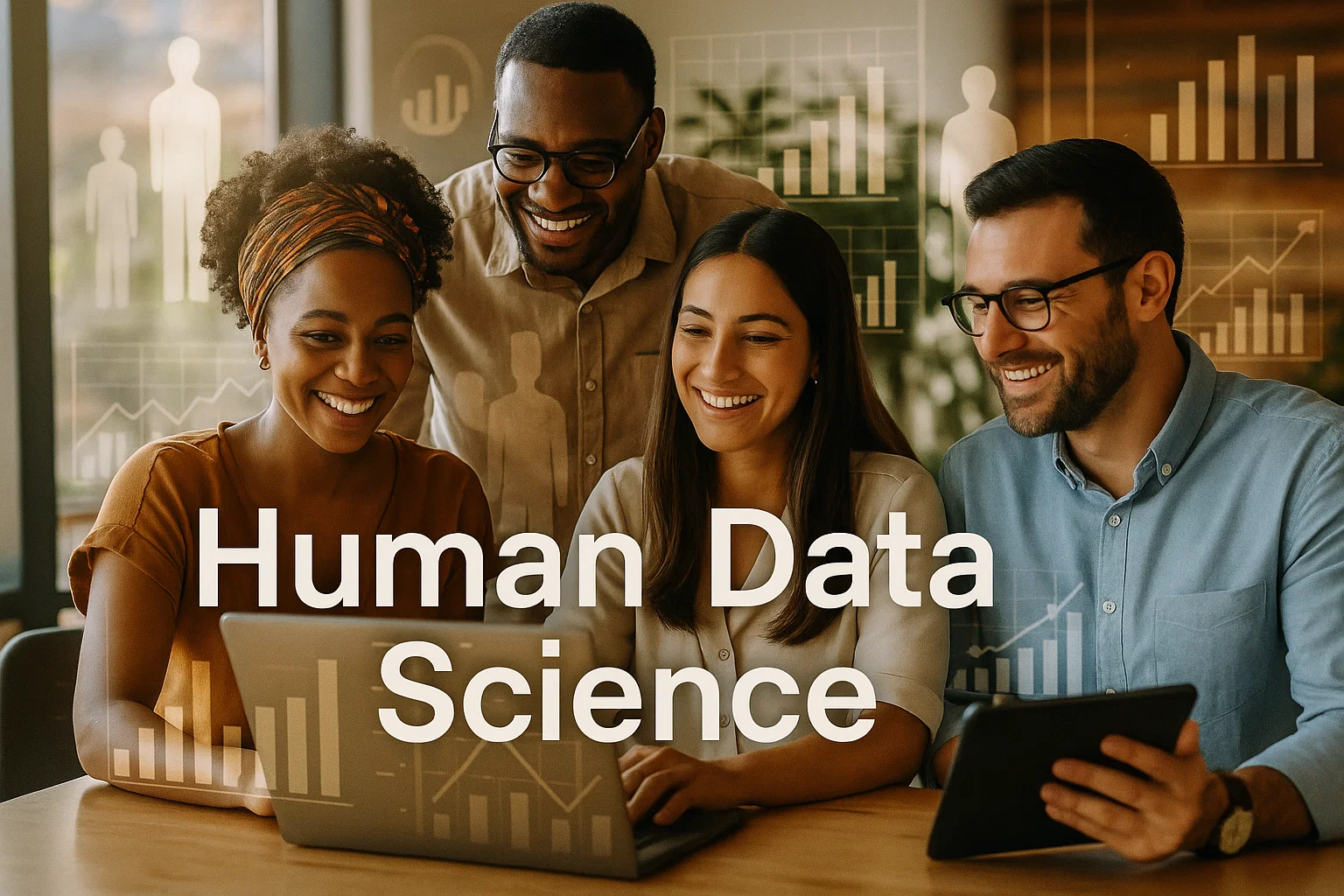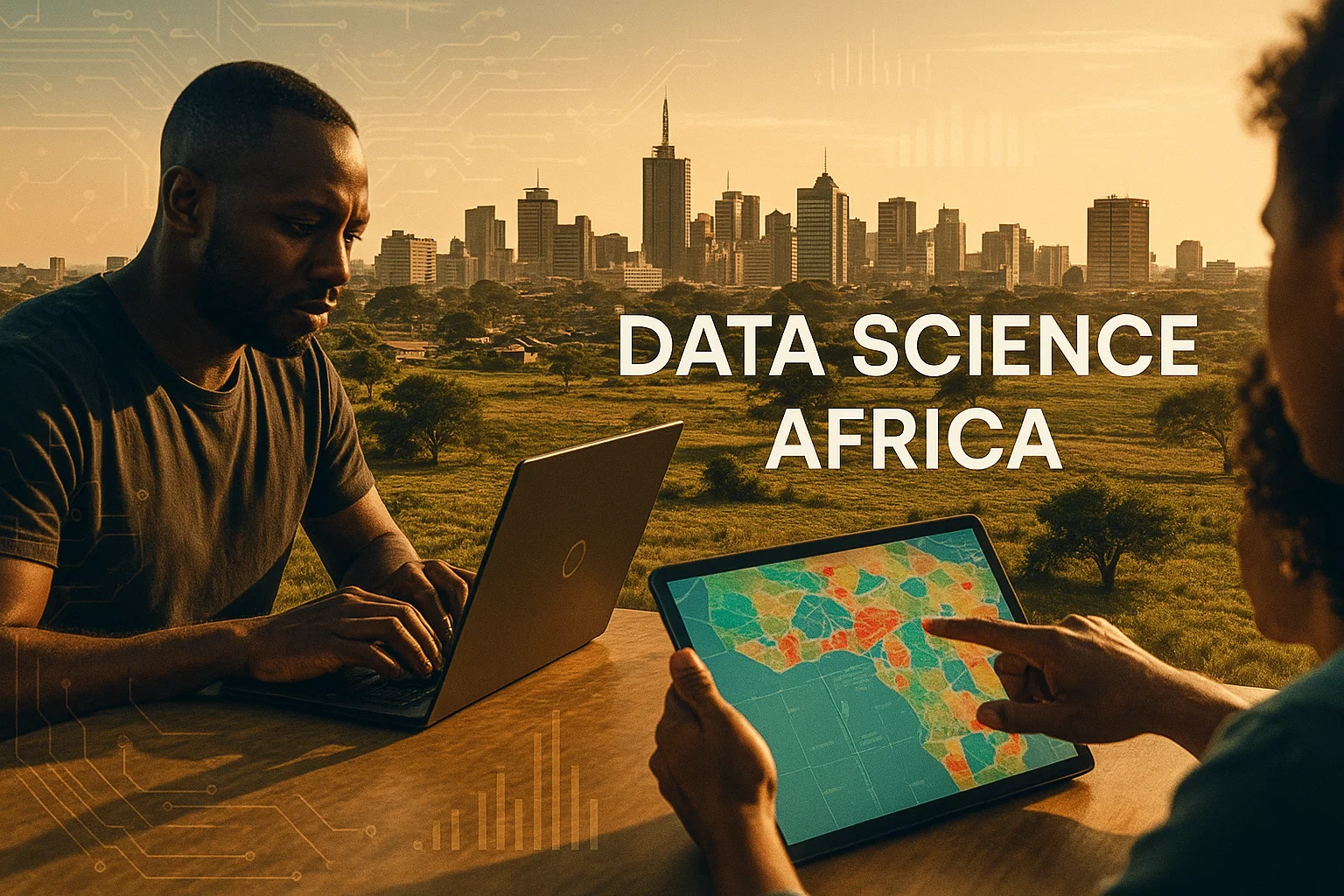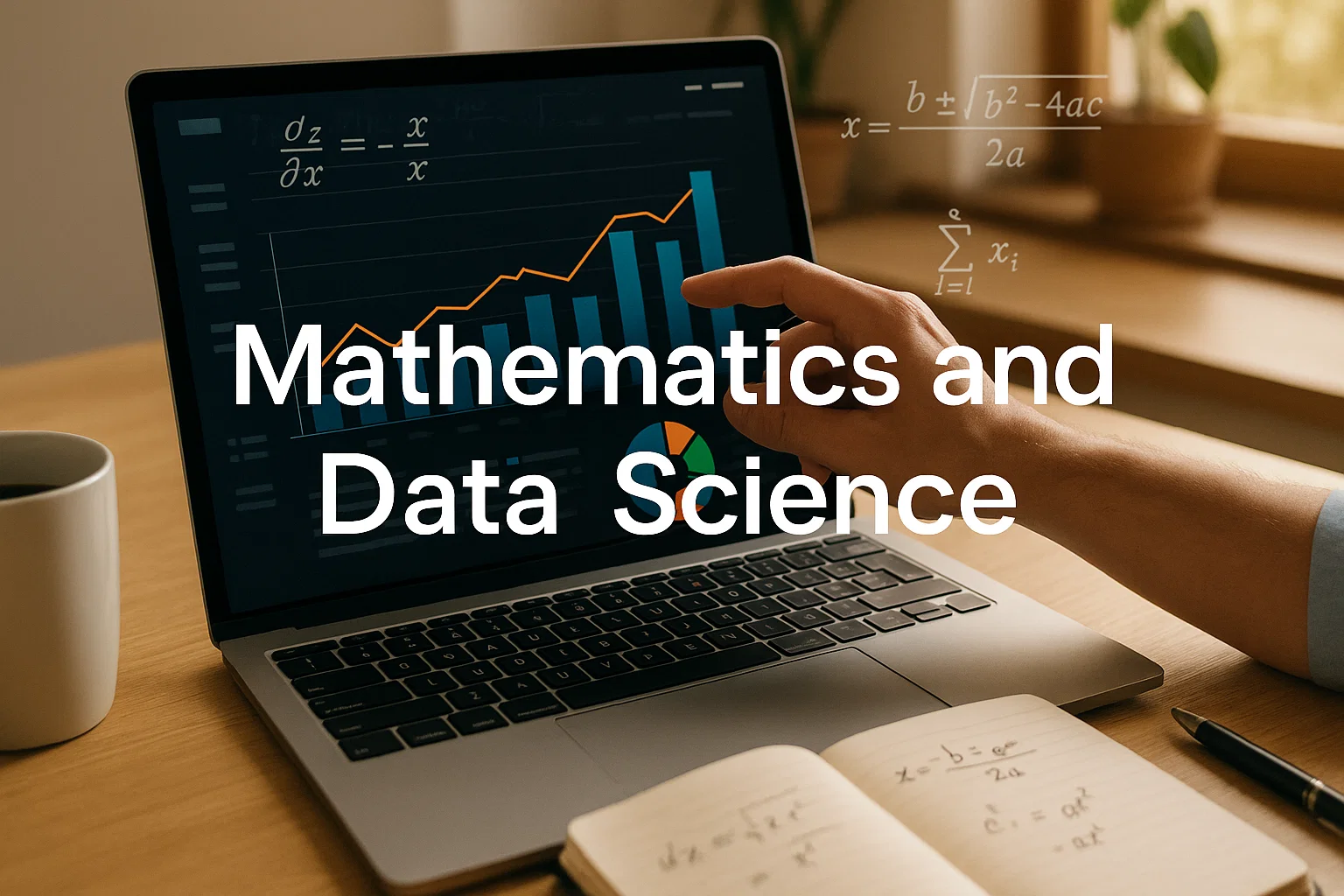Human data science helps you apply people-centered analytics, reduce bias, and build ethical models that improve decisions and services, follow practical steps here to prototype and scale.
Introduction
Human data science is about designing analytics and models that center people, not just numbers, and this article is informational with practical, step-by-step guidance you can use right away. You will learn what human data science means, why it matters for products and services, where to start, and which tools and practices lower risk while boosting impact. I’ll mention related fields like human-centered design and ethical AI early so you see the connections. In my experience, small, measurable experiments, combined with clear stakeholder validation, win buy-in faster than large theoretical projects. Read on for a reproducible workflow, code snippets, tool recommendations, compliance checklist, and ready-to-use prompts to get started.
What human data science is, and why it matters
Human data science focuses on creating analytics and models that reflect real human needs, contexts, and constraints. It blends statistics, machine learning, behavioral science, and design to produce actionable insights that respect people’s rights and lived experiences.
Origins and context
Data science matured around predictive power and scale, but human data science adapts those methods for fairness, interpretability, and usefulness. It’s a response to issues like biased models, opaque decisions, and misaligned product outcomes.
Core elements
- Human-centered problem framing, define outcomes that matter to users.
- Ethical data handling, consent, minimization, and transparency.
- Interpretable models, prioritize explanations where people are affected.
- Participatory validation, include local stakeholders early.
Why you should care
If you build products, run programs, or evaluate services, human data science helps you deliver measurable user value while reducing reputational, legal, and operational risk. It increases adoption, produces fairer outcomes, and makes your work defensible.
A practical step-by-step guide to apply human data science
Use this workflow to take an idea to a validated prototype that delivers value.
- Pick one human outcome
- Select a single metric tied to real users, for example increased clinic attendance, faster loan decisions, or improved learning outcomes.
- Map data sources and consent
- Identify data you need, confirm ownership and permissions, and record how consent is collected.
- Create a reproducible dataset
- Clean data, version it, and generate a small labeled sample for initial tests.
- Build a simple model or dashboard
- Start with interpretable methods like logistic regression or decision trees, or a clear dashboard that surfaces the key signals.
- Validate with users
- Show results to the people affected, gather feedback, refine labels and the model.
- Plan deployment and monitoring
- Decide hosting, retrain frequency, and monitoring signals that capture both system health and human outcomes.
Real-world example
Suppose you want to reduce missed appointments. Combine appointment logs, SMS delivery data, and local transport indicators. Build a simple risk score, validate with clinic staff, run an A/B test with reminder messages, measure change in attendance, then scale.
Quick reproducible code (Python)
# python
# Load minimal CSV and compute a risk score column, with basic error handling
import pandas as pd
try:
df = pd.read_csv("appointments.csv") # replace with your data path
except Exception as e:
print("Failed to load data", e)
df = pd.DataFrame()
if not df.empty:
# simple engineered features
df['late_count'] = df['past_missed'].fillna(0)
df['risk_score'] = (df['late_count'] * 0.6) + (df['distance_km'].fillna(0) * 0.4)
print("Sample risk scores", df[['patient_id','risk_score']].head())
Explanation: This snippet loads appointment data, creates a simple risk score, and prints samples for quick validation.
Best practices, tools, and quick start tips
Adopt habits and tools that keep experiments fast, auditable, and safe.
Operational best practices
- Version datasets and models for auditability.
- Use feature flags to control rollout.
- Prefer interpretable models where decisions affect people.
- Document assumptions and feedback loops.
Recommended tools with pros, cons, and start tips
Jupyter / Colab
Pros: fast exploration, visual outputs.
Cons: session limits, not production.
Tip: Pin package versions in the first cell to improve reproducibility.
Docker
Pros: consistent dev environments and easier handoffs.
Cons: learning curve for orchestration.
Tip: Start with a minimal Dockerfile for local testing.
MLflow or DVC
Pros: experiment tracking, dataset versioning, reproducibility.
Cons: additional setup overhead.
Tip: Begin with simple, local storage backend before scaling.
Quick tooling note
For early prototypes use managed APIs or small VMs, move to containers and CI/CD as the project matures. Track cost per outcome, not just technical metrics.
Challenges, legal and ethical considerations, troubleshooting
Human data science faces technical, legal, and social challenges, plan for them.
Common challenges
- Missing, biased, or poor quality data.
- Limited compute or connectivity in deployment contexts.
- Trust gaps between analysts and users.
Compliance and ethics checklist
- Document data sources and obtain explicit consent where required.
- Minimize collection to what is necessary.
- Use anonymization and encryption for sensitive fields.
- Keep audit logs and version datasets.
- Conduct fairness checks across subgroups.
Compliance checklist, action items
- Map data flows and tag sensitive fields.
- Enforce role-based access and secure key storage.
- Define retention and deletion rules.
- Keep a rollback plan for production issues.
Alternatives and mitigations
If direct data access is restricted, use aggregated, synthetic, or partnership data. Consider managed services that handle compliance, or collaborate with academic or NGO partners for data-sharing agreements.
Prioritize privacy and explainability in model design to reduce operational and legal risk. (Google)
Clear documentation and verified sources improve credibility and content discoverability. (Moz)
Deployment, scaling, and capacity building
Scale only after the prototype proves impact. Automate stable pipelines, use monitoring to catch drift, and invest in local skills through training and mentorship. Fund pilots with small grants, partner with local organizations, and build brief impact reports to attract funding.
Conclusion and call to action
Human data science helps you build analytics that respect people and produce useful, measurable outcomes. Start with a narrow human outcome, use reproducible tools, validate with stakeholders, and follow clear compliance practices. Key takeaways: start with user outcomes, document data and consent, prefer interpretable models for decisions.
Welcome to Alamcer, a tech-focused platform created to share practical knowledge, free resources, and bot templates. Our goal is to make technology simple, accessible, and useful for everyone. We provide free knowledge articles and guides, ready-to-use bot templates for automation and productivity, and custom development services for bots and websites on request. Contact Alamcer to get help turning your human-centered data idea into a working project.
External resources for further reading:
- Google guidelines for responsible AI, listed as Google guidelines.
- Moz resources on transparent content, listed as Moz resources.
- SEMrush research and SEO insights, listed as SEMrush research.
- Official API documentation for common services, listed as official docs.
Bold takeaways:
Define human outcomes first., Document data, consent, and assumptions., Prefer interpretable models when people are impacted.
FAQs
human data science
Human data science is the practice of designing analytics, models, and data processes that center people’s needs, contexts, and rights, aiming for fair, explainable, and useful outcomes.
What are the first steps to start a human data science project?
Begin by defining a single measurable human outcome, inventorying data and permissions, creating a small labeled dataset, and building a simple, interpretable prototype for stakeholder validation.
Which models are best for human-facing decisions?
Start with interpretable models like logistic regression, decision trees, or rule-based systems. Use black-box models only with strong explainability layers and stakeholder buy-in.
How do I handle limited or biased data?
Use domain knowledge to engineer robust features, apply careful sampling, augment with public or synthetic data, and validate models across subgroups to detect bias.
How do I measure impact in human data science?
Tie KPIs to user outcomes, for example reduced failure rates, increased adoption, or improved service speed, not just technical metrics like accuracy.
What tools help with reproducibility?
Use tools like Jupyter or Colab for exploration, Docker for consistent environments, and MLflow or DVC for experiment and data versioning.
How can I ensure privacy and compliance?
Map data flows, collect minimal data, apply anonymization, use encryption, limit access by role, and keep consent records for audits.
How do I scale a validated pilot?
Automate the pipeline, add monitoring and retraining schedules, control cloud spend via autoscaling limits, and invest in local capacity for sustainment.
Can small teams implement human data science affordably?
Yes, by using managed APIs, low-cost cloud instances, small prototypes, and gradual scaling based on measured outcomes.
When should I consult legal or compliance experts?
Consult professionals when processing personal data, dealing with health or finance data, or operating across jurisdictions; expert advice reduces regulatory risk.
Compliance & disclaimer
This article is educational and not legal advice. Follow platform Terms of Service and applicable privacy laws such as GDPR or CCPA when handling personal data. For precise compliance or legal guidance, consult a qualified professional.



